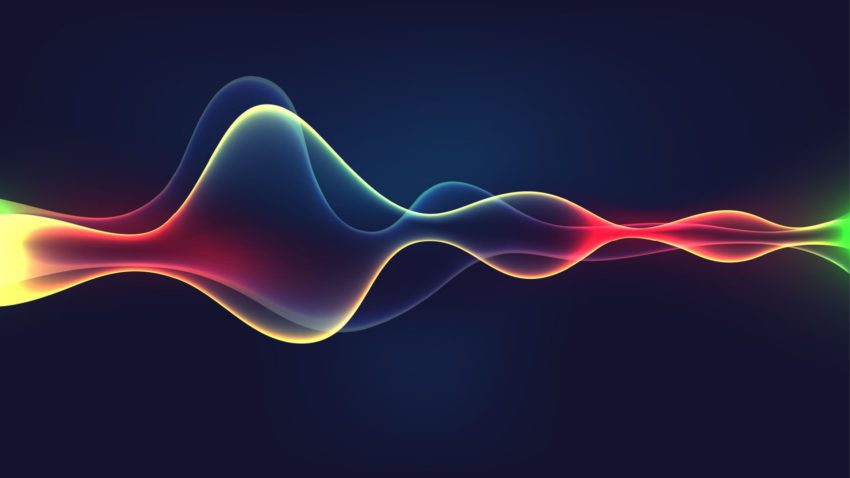
How To Analyze And Classify EVPs From Your Ghost Hunt
Learn how to use audio editing software to find EVPs and classify them into one of three different categories. Get the scoop after the jump.
Before You Analyze Your Audio Files
Before you analyze your files, make time to actually listen to everything 3 or more times. Audio takes a lot of focus to find EVPs. They don’t jump out at you as they do on ghost-hunting TV shows. It requires patience, attention, and a methodical nature to hunt through those sound waves.
Also, try to get through your files within 3 days of the investigation. After that, your memory may get hazy, and you’ll forget some critical context of the investigation. It helps to understand what was happening when that EVP got caught on tape.
Best Practices For Naming Files
I like to use a consistent naming convention for each file on the recorder. Here are the naming parameters:
- Haunted place
- Room or location within the haunt
- Questioner’s last name
- Date
- Time
- Audio recorder’s name
Example: This is how I’d name a file for a ghost hunt from last year. It took place at the Old Courthouse Inn at Powell River, BC. File name: OldCourthouseInn-Room3-Rice-March232022-2300-H4nPro. This naming convention helps retrieve the file later on.
Using An Audio Editor To Analyze Recordings
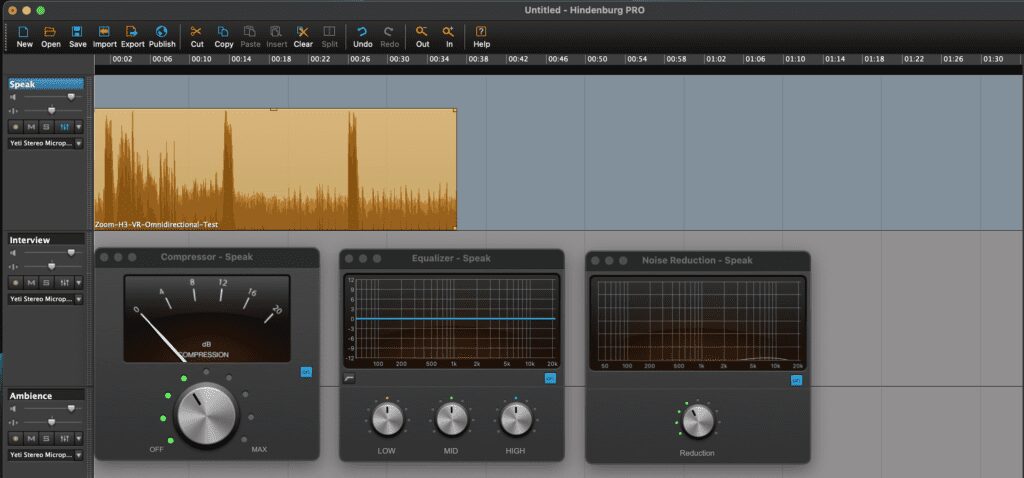
Once you import audio files into your editor, it’s time to start listening. If you hear something like an EVP, mark it. You can go back and listen to it again. Right now, you want to see how the ghost voices sound before you apply processing. You might find that you don’t need any compression, equalizing, or noise reduction.
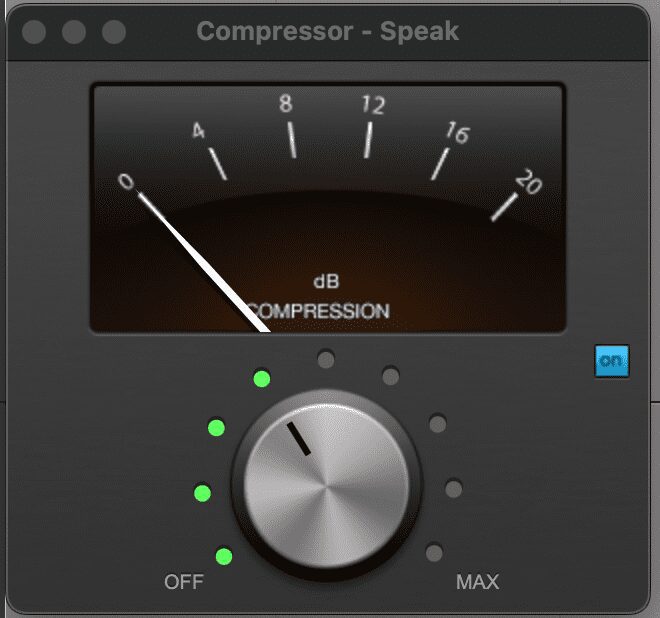

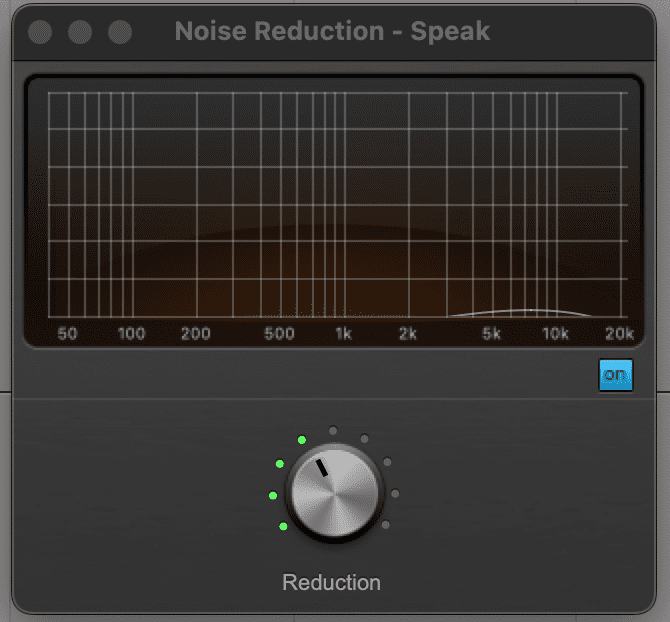
In some cases, you only need to boost the area you hear EVP. You can select it, pull the area up, and then listen again. Be careful: Too much boosting can distort the audio.
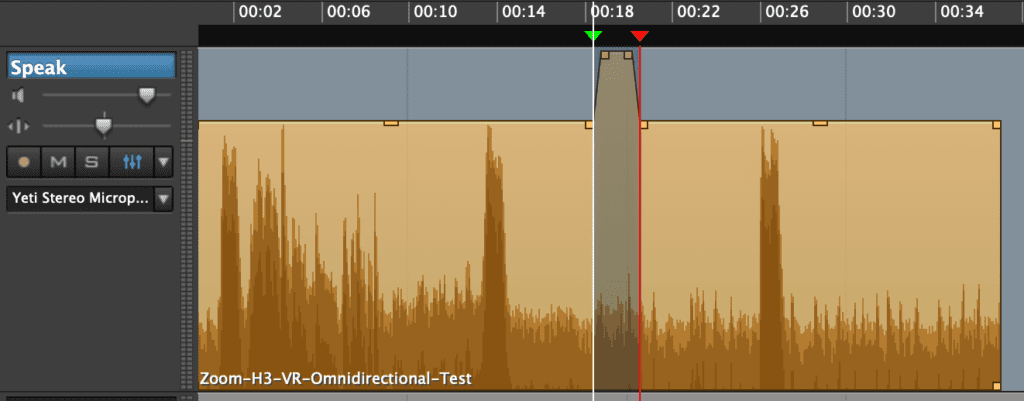
Audio Processing Tips

Compression reduces the range between the loudest sounds and the quietest parts. This can make EVPs louder and easier to hear. Start with the lowest compression level, then increase it until you can hear the EVP better. Too much compression will distort your file.
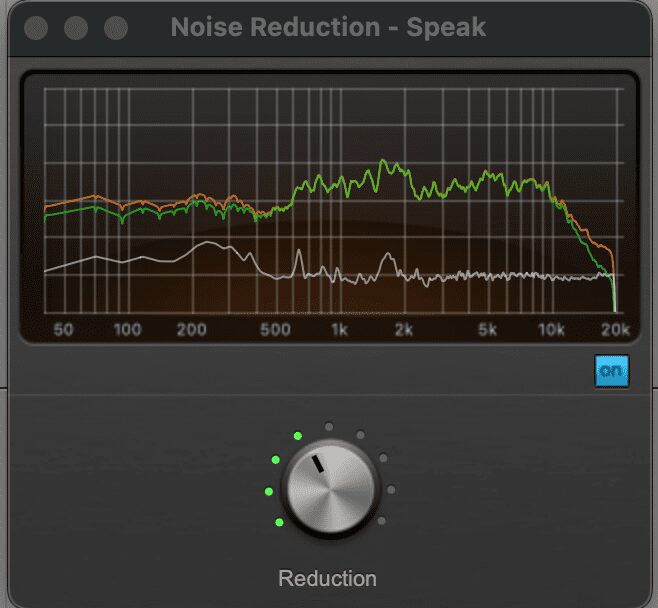
Noise reduction removes consistent background sounds like hums and hisses. It’s not good at removing traffic or people talking. Too much noise reduction can eliminate your EVPs, so start low and work your way through additional noise reduction.
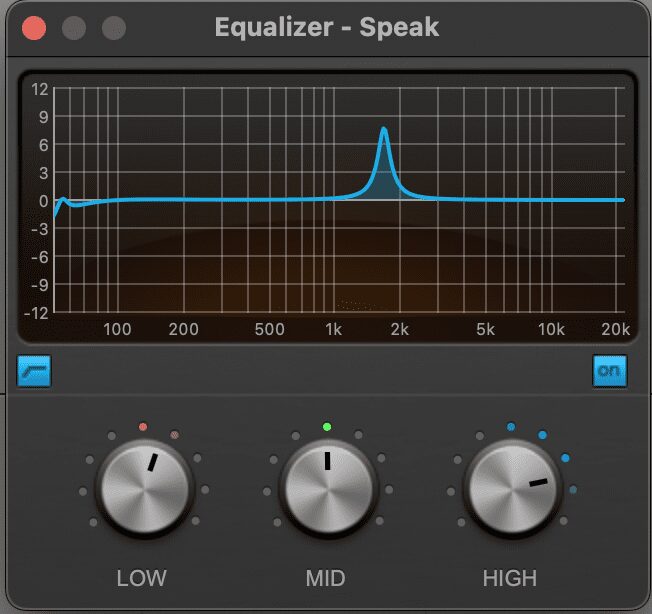
Equalization lets you increase or reduce sound frequencies. It can help EVPs cut through background noise. Try to find the best frequency by sweeping through the ranges. Pull up on the equalizer line, and move left or right to find that sweet spot. If you hold down the Shift key, you can make the sweeping wider or narrower. Narrow is the better option.
How To Export EVPs
To export an EVP, select a few seconds before and after the clip. Then, you click export or share from the main menu in your editor. In Hindenburg Pro, you use File => Export Selection. Every editor will be different. Select the best audio-quality file you can get. I use 24-bit, 256kbs, 48000hz and -16 LUFS in MP3 format. Don’t forget to give the export file an easy-to-remember name.
How To Classify EVPs
EVP classifications vary. I use 3, but other ghost hunters use more. These are commonly used classifications.
Class A EVP Example
Class A EVPs are clear and easy to understand. Listeners agree on what’s said by the ghost. These are rare. I’d say 1-in-50 EVPs fall under Class A.
Class B EVP Example
Class B EVPs aren’t as loud or clear as Class A. You may have to turn up the volume to hear it, and listeners may disagree on the exact word(s) said. Class B is the most common type of EVP.
Class C EVP Example
Ghost hunters may not present a Class C EVP. They can be hard to understand, and their loudness can vary. I generally don’t present Class C EVPs because it’s too open to interpretation.
Storing Your Audio Files After Analysis
Don’t forget to store your files! Backups have saved my behind more times than I can count! Anyway, I keep the full-length audio files and EVPs on external drives. If someone asks, I can send them the files to review for a second opinion. Not everyone wants to stop by this website and listen along.
Resources:
Hicks, M. and McCoy Taylor, “Audio Compression Basics,” Universal Audio, April 2020, https://www.uaudio.com/blog/audio-compression-basics/
Team Agora, “What Does Noise Reduction Do,” Agora, Dec. 6, 2022, https://www.agora.io/en/blog/what-does-noise-reduction-do/
Staff writers, “EQ Explained – The Basics,” Armada Music, April 6, 2023 (retrieved date), https://www.armadamusic.com/university/music-production-articles/eq-explained-the-basics
Higgins, Steven, “EVP Classification: Are Your Spirit Voices Class A?,” Higgypop, Aug. 28, 2021, https://www.higgypop.com/news/evp-classification/
Hindenburg Systems, “Hindenburg Journalist Pro – Audio Editing Basics,” YouTube Channel, Aug. 9, 2018, https://www.youtube.com/watch?v=MKqvzMbnsQc
Discover more from Ghostly Activities
Subscribe to get the latest posts sent to your email.
